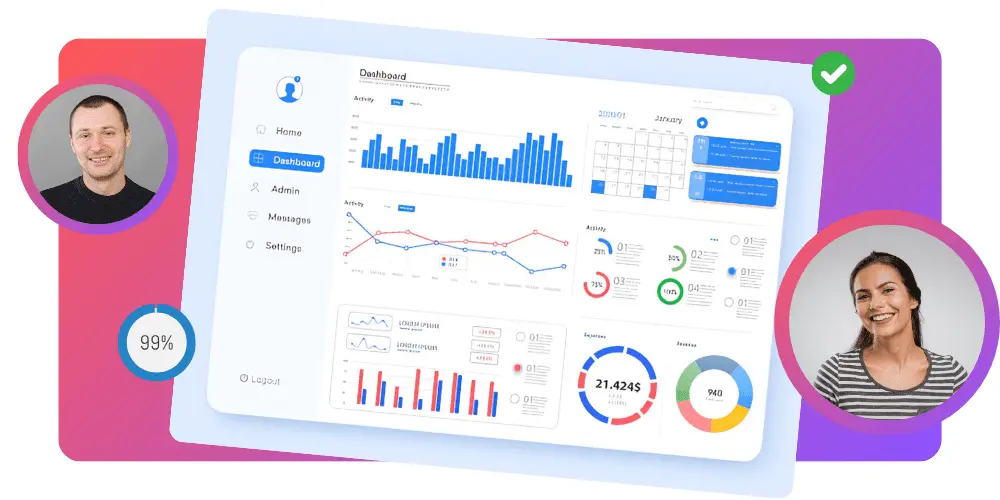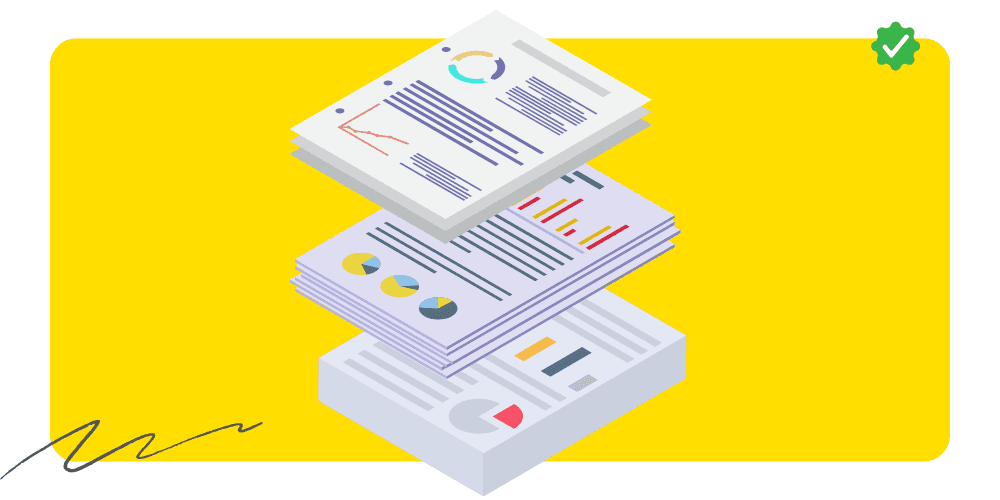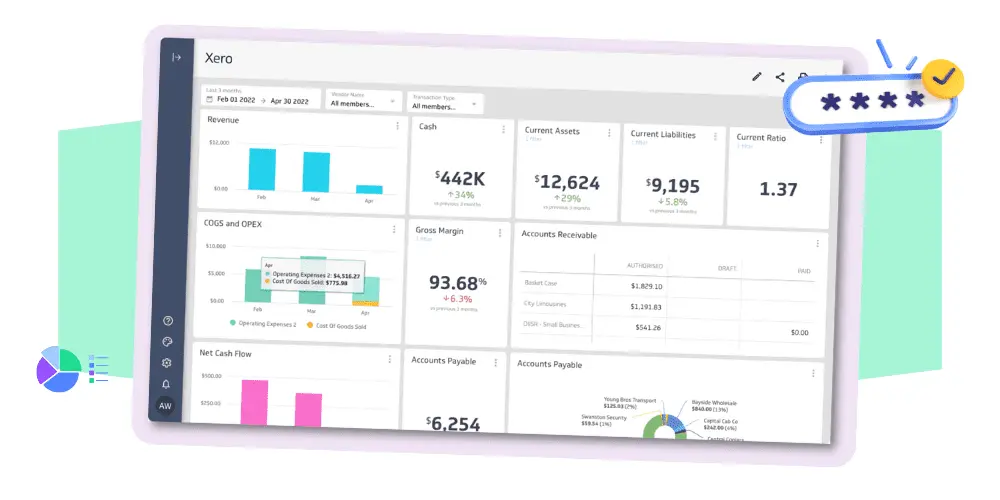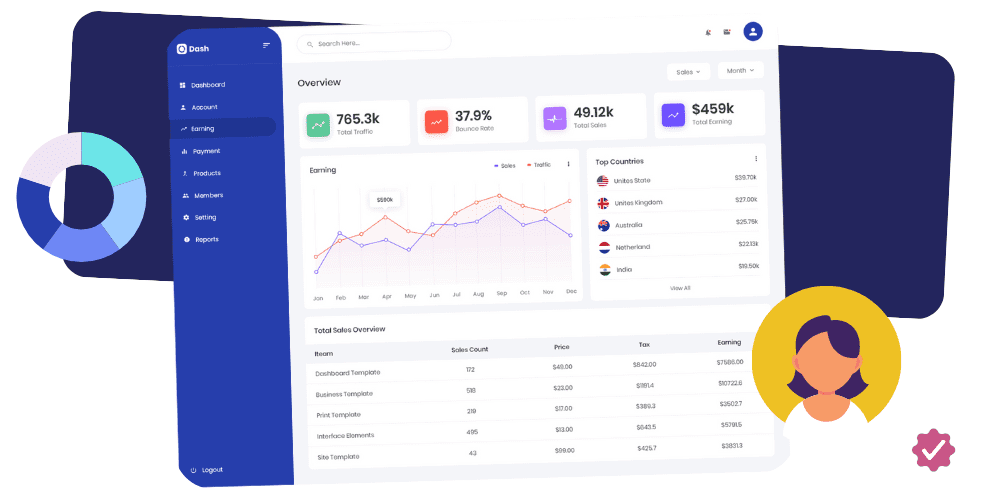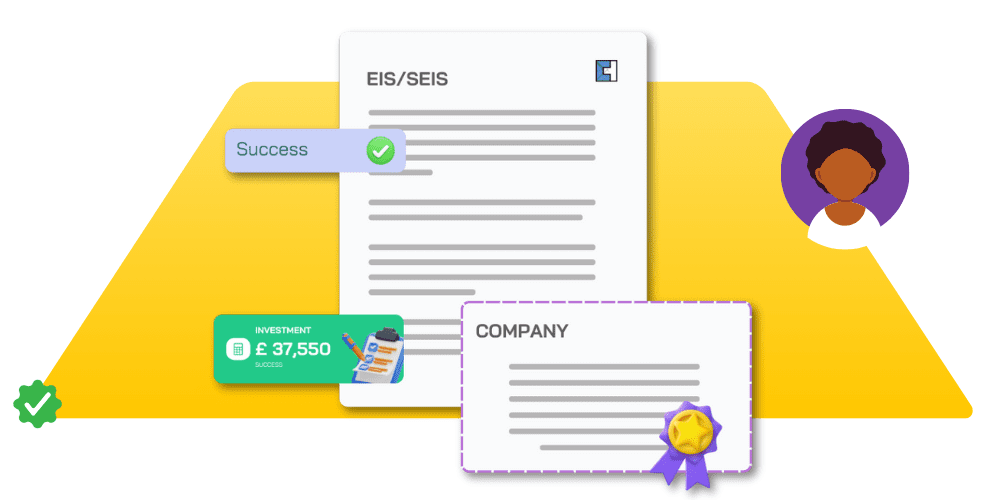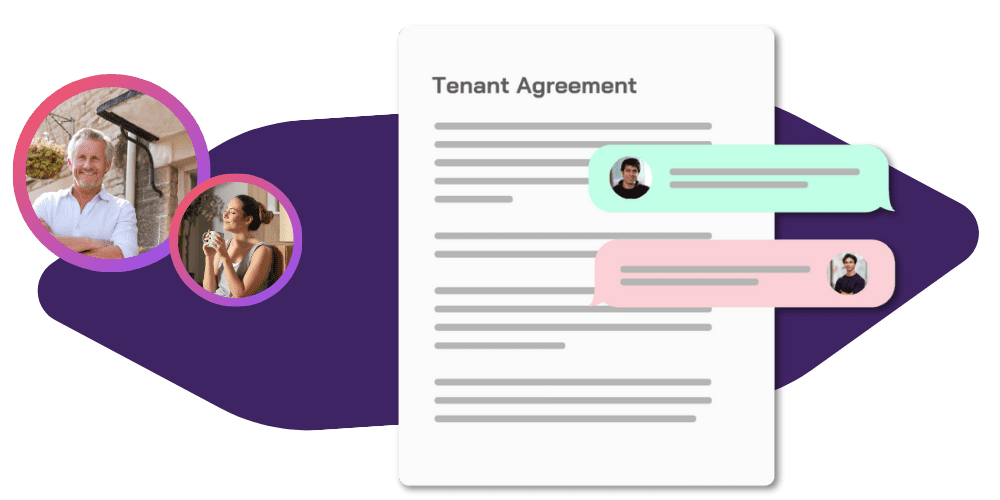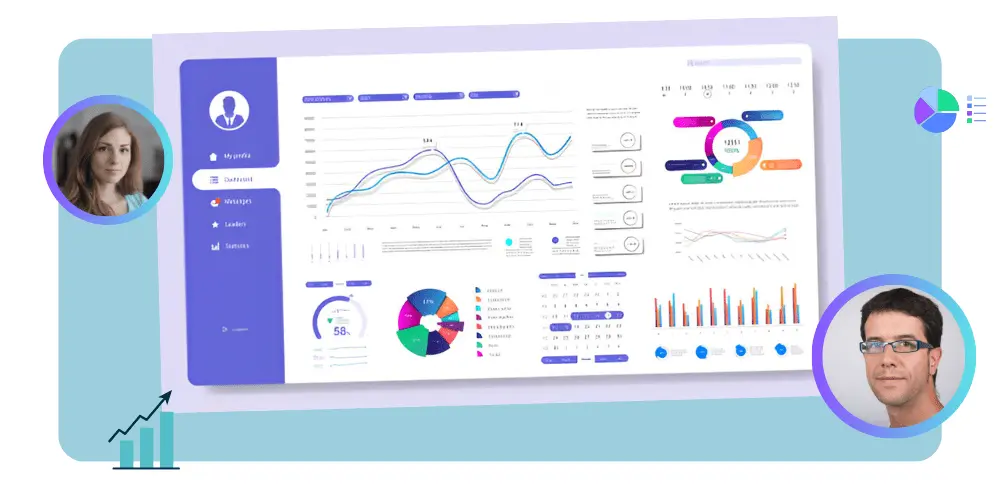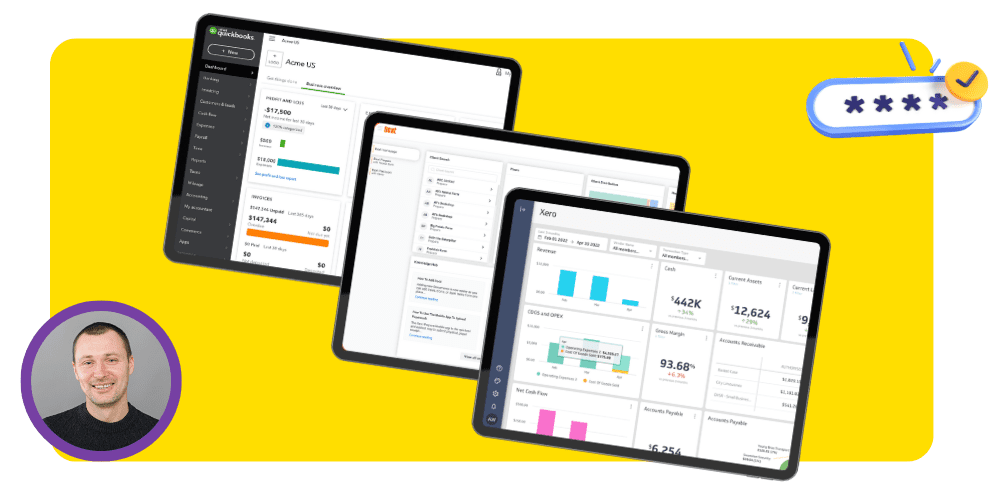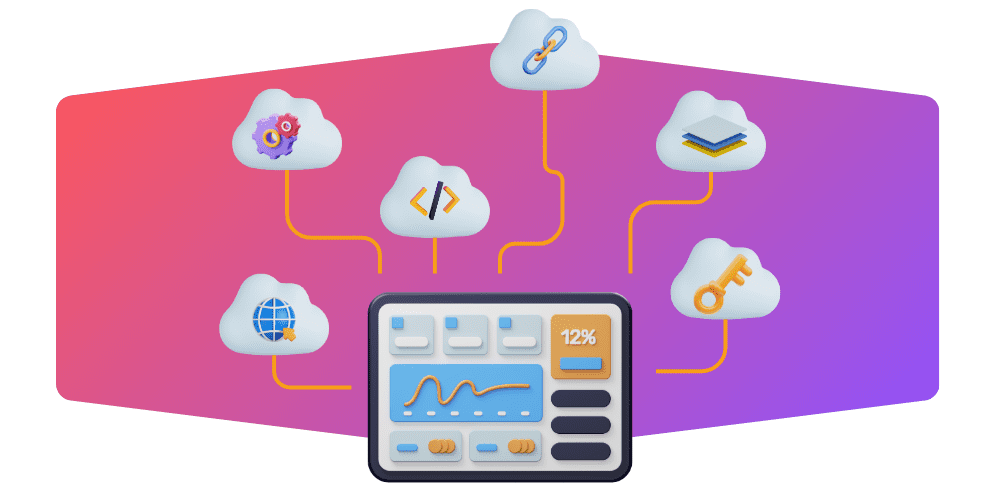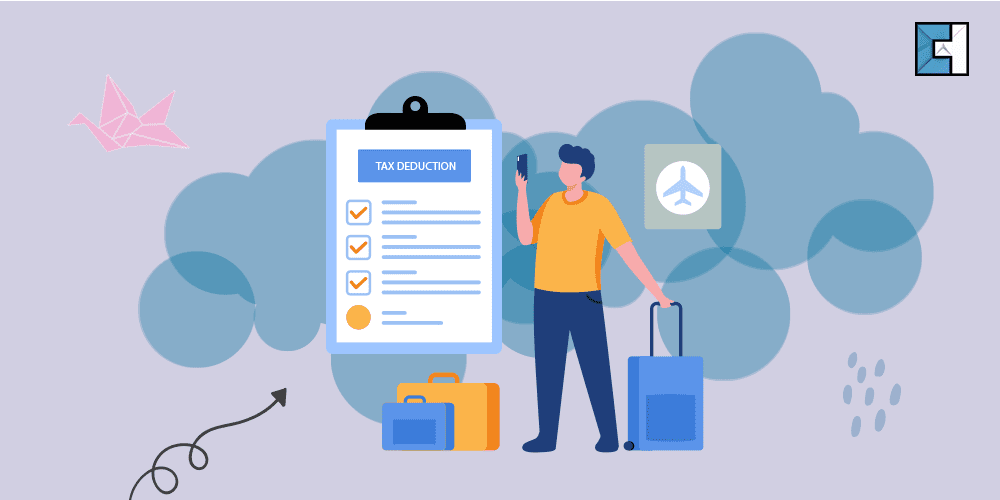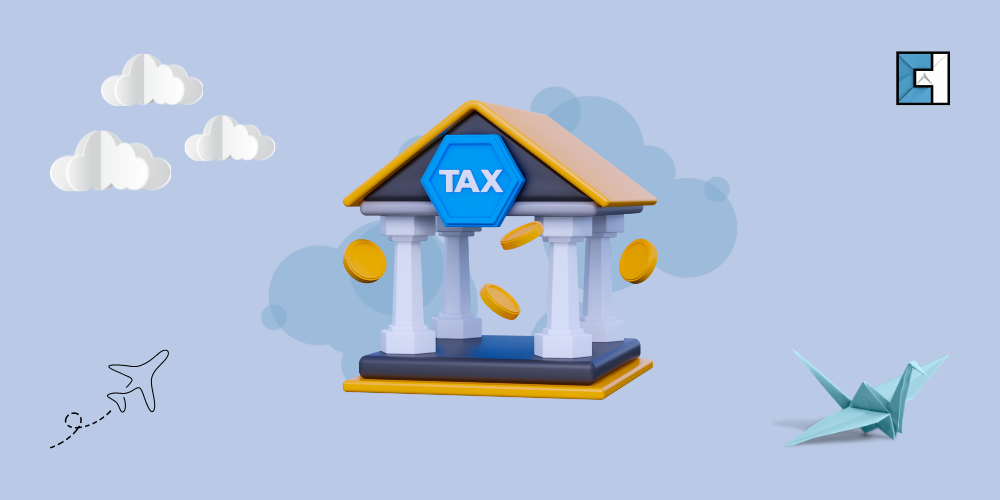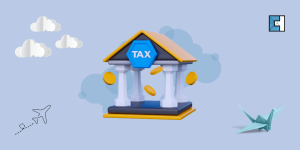Letting a home for a short term might mean it qualifies for Holiday Lets Tax Deduction by being entitled to claim capital allowances. But are you entitled to claim them for periods when the property is empty?
Letting Conditions
If you’re lucky enough to own a holiday home which you rent out, you can take advantage of special tax treatment. To qualify as a furnished holiday let (FHL), the property must only be let for short periods at a time, no more than 31 days. Plus, it must also be available for and actually rented out to holidaymakers for a minimum period each tax year.
Capital Allowances
One advantage to meeting the FHL conditions is that the tax rules treat the rental business as a trade. This means you can claim capital allowances (CAs), HMRC’s equivalent to a deduction for depreciation, as an expense against rental income. CAs can’t usually be claimed against income derived from letting a residential property. However, there are one or two quirks to how CAs for FHLs are worked out.
Non-Qualifying Years
If, in any year, your property doesn’t meet the letting conditions mentioned above, CAs can’t be claimed. In fact, the rules say you should recalculate the CAs for the last year where the property counted as an FHL as if all the equipment used in the business were sold for the price you could expect to get on the open market. If, in a later year, the property again qualifies as an FHL, CAs can only be claimed on the depreciated value of the equipment.
Example. Bill owns a property that qualifies as an FHL for 2022/23 but not for 2023/24 and 2024/25. On the last day of 2022/23, the equipment’s sale value is £5,000. The property qualifies as an FHL again for 2025/26. The value of the equipment at the start of that year was £3,000. Bill can only claim CAs on that amount. This means he loses CAs on the £2,000 that the equipment depreciated during the two years the property didn’t meet the FHL conditions. However, Bill can use a little-known HMRC concession to increase the CAs he can claim.
Tip. Instead of calculating CAs for 2022/23 as if he had sold the equipment, Bill can instead choose to ignore the two-year gap during which his property wasn’t an FHL. This means he can pick up his claim for CAs in 2025/26, where he left off. This means he won’t lose CAs on the £2,000.
Personal Use
The rules also say that if you use the property personally or make it available rent-free to others, you must reduce your CAs claim proportionately. For example, if you use the property for a month, your CAs claim must be reduced by a twelfth.
Tip. Don’t make the mistake that many FHL owners do, and reduce your CAs claim by comparing the time you use it personally to when it’s let out as holiday accommodation. HMRC accepts that a vacant period counts as business use for the purpose of calculating CAs.
Example. Bill lets out his FHL for 26 weeks during 2023/24 and uses the property himself for three weeks. He can claim 49/52 of the CAs available for the year.
VAT Considerations
If your FHL property generates annual rental income that exceeds the current VAT registration threshold (£85,000 in the UK as of 2021), you may need to register for VAT and charge VAT on your rental income. VAT registration brings additional administrative responsibilities and may impact your overall profitability.
Documentation
Maintaining accurate records of your FHL business is crucial for tax purposes. Keep track of rental income, expenses, and relevant documents such as receipts, invoices, and contracts. Good record-keeping ensures that you can substantiate your claims, deductions, and calculations if you are ever subject to a tax investigation.
Capital Gains Tax
Considering the potential capital gains tax implications when you sell your FHL property is important. While the sale of a main residence is generally exempt from capital gains tax, this exemption does not apply to FHL properties. You may need to calculate and pay capital gains tax on any profits from the sale of your holiday let property. Record-Keeping and




